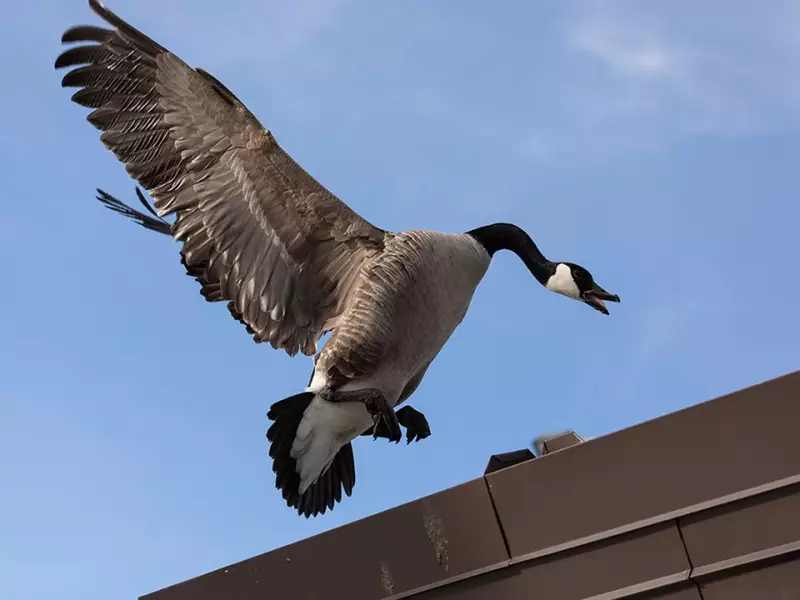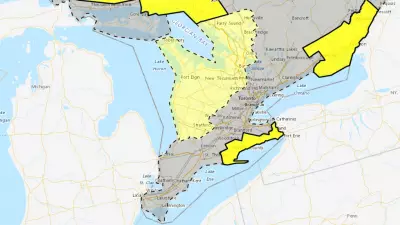
Across Canada's urban parks, golf courses, and waterfronts, a familiar honking chorus announces the presence of one of our most recognizable—and often reviled—wildlife neighbors: the Canada goose. While many Canadians view these birds as aggressive pests leaving trails of droppings in their wake, a growing chorus of wildlife experts and conservationists are mounting a compelling defense of this misunderstood national symbol.
The Remarkable Comeback Story
Few species represent such a dramatic conservation success story. By the early 20th century, Canada geese had been hunted to near-extinction across much of their range. Through dedicated conservation efforts, habitat protection, and breeding programs, these resilient birds made one of the most spectacular recoveries in North American wildlife history.
"We essentially saved them from disappearing forever," explains Dr. Aaron Brown, a wildlife biologist at the University of Waterloo. "Now that they've successfully adapted to our urban environments, we've turned against the very success we engineered."
More Than Just Lawn Ornaments
Beyond their controversial presence in city parks, Canada geese play crucial ecological roles that often go unnoticed:
- Ecosystem Engineers: Their grazing habits help maintain grassland habitats and their droppings fertilize vegetation
- Seed Dispersers: They transport plant seeds and nutrients between aquatic and terrestrial ecosystems
- Prey Base: They provide food for numerous predators including foxes, coyotes, and raptors
- Bio-indicators: Their health reflects the overall condition of wetland ecosystems
The Intelligence Behind the Honk
Recent research has revealed surprising cognitive abilities in Canada geese that challenge their reputation as simple-minded birds:
- Complex Social Structures: They form lifelong pair bonds and maintain intricate family relationships
- Sophisticated Communication: Different honks serve as warnings, greetings, and navigation cues
- Remarkable Navigation: Their migration patterns demonstrate incredible spatial awareness and memory
- Problem-Solving Skills: They've adapted brilliantly to human-dominated landscapes
Coexistence Rather Than Conflict
Instead of viewing geese as adversaries, many communities are finding successful coexistence strategies. Habitat modification, non-lethal deterrents, and public education programs are proving more effective—and humane—than aggressive culling programs.
"When we understand their behavior and needs, we can manage populations without resorting to extreme measures," notes Sarah Chen, director of Urban Wildlife Solutions. "They were here long before our cities expanded into their territories."
A Symbol Worth Protecting
The Canada goose embodies wilderness resilience in an increasingly urbanized world. Their V-shaped migrations across autumn skies remain one of Canada's most iconic natural spectacles, connecting us to ancient rhythms that predate our cities and subdivisions.
As we navigate the complexities of urban wildlife management, perhaps it's time to reconsider our relationship with these remarkable birds. The Canada goose isn't just occupying our parks—it's reminding us that wildness persists even in our most developed spaces, and that tolerance might be the most Canadian value of all.
Next time you encounter these feathered Canadians, consider looking beyond the droppings and hisses to appreciate the survival story unfolding right before our eyes—a testament to nature's resilience and our capacity for conservation success.





